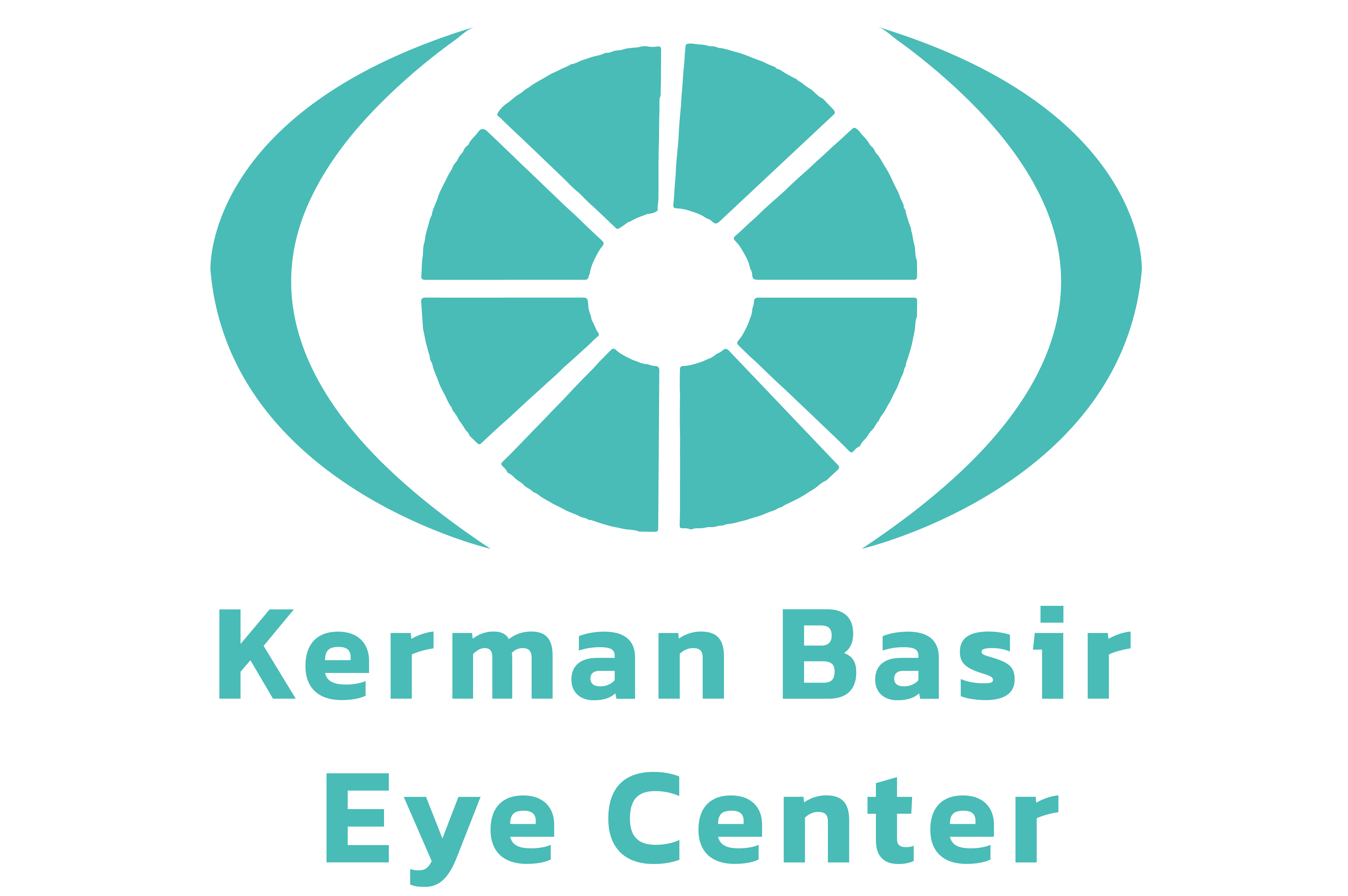How is TransPRK performed?
TransPRK or “Refined TransPRK” operation is one of the laser treatment methods to correct refractive errors of the eye. In the initial method or PRK, to remove the surface layer of the cornea (epithelium) before irradiating the laser to correct the eye number, the surgeon used a mechanical method and special tools for eye surgery.
Now, with the advancement of technology, newer and faster methods have been invented. “Trans PRK” is one of those methods that some people know as eye LASIK re-operation or PRK re-operation.
As mentioned, in the initial method of PRK operation, the surgeon removed the surface layer of the cornea in one step and then corrected the number of eyes by laser; In Trans PRK operation, the entire surgical process from beginning to end is performed by laser in less than 60 seconds.
Advantages of transPRK over PRK
The TransPRK method of the eye has eliminated the need for mechanical removal of the surface layer of the cornea; In other words, surgery is performed completely without hand intervention and the result is more favorable for both the patient and the surgeon.
In the Trans PRK technique, the patient will undergo a shorter recovery period than the PRK procedure.
Another advantage of trans-PRK is the less chance of developing corneal opacity compared to PRK surgery. The reason for this is the smooth surfaces created by the laser on the middle layer of the cornea, which causes less inflammatory response and changes in the corneal cells.
Some patients complain of dry eyes after refractive surgery. In trans-PRK operation, due to less manipulation of the corneal nerve endings, the amount of dry eyes is very small compared to PRK, and this issue leads to greater patient satisfaction.
Trans PRK operating conditions
To perform Trans PRK, the patient must have the following general conditions:
Sufficient thickness of the cornea
Not suffering from cataracts, glaucoma, moderate to severe dry eyes, and eye herpes.
Not having a hump or any irregularity of the cornea
Not having the problem of excessive pupil dilation in the dark
No change in eye score over the past year
Also, if you wear contact lenses and your ophthalmologist has determined that Trans PRK is suitable for you, pay attention to the following:
Do not use soft contact lenses for at least one week before surgery
Not using hard contact lenses one month before surgery
Preparations before trans PRK operation
The eye surgeon examines the patient carefully and thoroughly before performing the trans PRK eye surgery (refined trans PRK surgery) or re-lasik eye surgery. This examination includes the determination of the eye score, eye topography, Erb scan (for a better evaluation of the optical condition of the cornea), eye pressure measurement, eye movement mechanism investigation, etc., which is performed along with general examinations and tests.
Trans PRK post-operative care
A patient who is a candidate for the Trans-PRK eye surgery (Refined Trans-PRK), like any other procedure, must carefully follow the points recommended by the ophthalmologist in order to achieve a good quality of vision after the surgery. These generally include:
Be sure to use appropriate sunglasses after Trans PRK surgery.
Take prescribed medications such as eye drops and sedatives as directed by the surgeon.
The feeling of a foreign body in the eye during the first few days after the operation is completely normal and should not worry you.
Your eyes will be sensitive to light for a week after the operation, and it is better to use eye protection while sleeping.
After the TransPRK operation, limit the use of computers, mobile phones, watching TV and doing eye work until complete recovery (which the doctor will announce).
Avoid touching, rubbing and pressing the eyes until complete recovery.
Do not use cosmetics on the edge of the eyelids for at least 14 days after the operation.
Do not go to the pool for at least 25 days after the operation.
After the TransPRK operation, the quality of vision improves quickly, but the desired final vision can be achieved within a few weeks.
Note: Post-operative care times may be reduced or increased with the opinion of the ophthalmologist.
